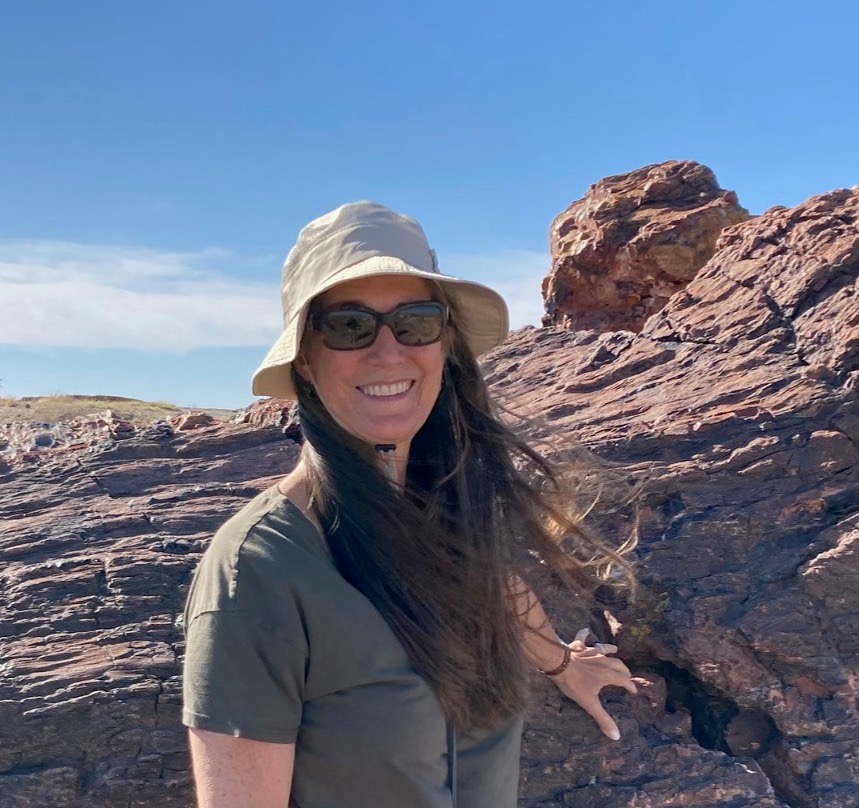Caledonia
- Linda Marie
- Oct 28, 2022
- 4 min read

Two hundred million years ago, two tectonic plates collided, creating the landmass we know as Scotland and leaving a crevice of thin lakes slashing diagonally across the country. The Great Glen Fault runs from Inverness in the north to Oban in the south. Two hundred years ago, Scottish engineer Thomas Telford connected the lakes with a series of canals, forming the 62-mile Caledonian Canal.

It is fascinating to me how geology shaped the turbulent landscape and the people of Scotland, and how the people, in turn, shaped the landscape to survive. Or, as was often the case, how the victors shaped the landscape (with bridges, tunnels, canals, and fortresses) to control the conquered. But I digress!
The point of describing the Caledonian Canal is that we spent a good portion of our drive from the Isle of Skye to Inverness following it!
It was very hard to leave Skye, but a beautiful morning nonetheless. We crossed over to the Scottish mainland on the Skye Bridge from Kyleakin to Kyle of Lochalsh, and wound our way inland. By lunch, we were on the Loch Ness,

and turned north for our first stop of the day, Castle Urquhart. We couldn’t have picked a more perfect spot for our picnic lunch!





Next, we drove up to and through Inverness, to the Culloden battlefield just a few miles away. It was here that the Jacobite troops under Bonnie Prince Charlie were defeated by supporters of the Hanover Dynasty (King George II’s family). The two sides had been at it for years. The Jacobites were Scots (their last King had been dispossessed of the throne by committing the mortal sin of marrying a Catholic) and the Hanovers were a Germanic dynasty that the English had decided should rule. The stage was set: Highlanders versus the Strangers (King George II couldn’t even speak English). The victory was swift; the foreigners won. It was a horrific battle, fought in an open field. The clubs, swords, body paint, and bagpipes of the Scottish clans were no match against the English government artillery. The clans were mowed down in less than an hour; the government spent the next six weeks purging the countryside by executing sympathizers. As further insurance against a future uprising ever, ever again, all things Scottish were outlawed: kilts, bagpipes, speaking Gaelic…

As we arrived at Culloden, the temperature plummeted, and a wet harsh wind began to eerily blow. We joined the last tour of the day and soberly filed past the mass graves marked with stones identifying the clan names of the men, women, and children who died there. A cottage-turned-field-hospital was rebuilt on the spot where the actual cottage had stood.


The Visitors Center was exceptional and included a film re-enacting the battle projected on a 360-degree screen theatre viewed from the perspective of being in the center of the battlefield.
History forgotten is history repeated….
We had a fine dinner across the street from our lovely Dionard Guest House in Inverness on the recommendation of our host Gail. “You’ve just come up from Skye, have ye? Where’s Jamie?!” Yes, Gail and I got along famously!

We were the first guests at dinner at the Crown Court Townhouse Hotel, and the owner, Michael, sat with us while we enjoyed our coffee. The next dinner guest arrived, David, who identified himself as a “pensioner turned private-car-for-hire” for (mostly American) tourists. We stayed and stayed and talked and talked. Aye, Scotland has been a welcoming land.
The next day, we headed south. Our car was due back at Edinburgh airport, and we would spend the next part of our trip in Edinburgh car-free. But first, a stop in the village of Pitlochry. We had planned to stop there for lunch, and Gail suggested we skip the main shopping street and go instead to the Pitlochry Dam – “I know it sounds strange, but you should really try to see the dam.”
She was right.
The Hydro-Electric Development (Scotland) Act of 1943 was responsible for the construction of 54 power stations, 78 dams, and over 180 miles of tunnels throughout the Highlands. It was the brainchild of Tom Johnston, who realized the untapped potential of hydropower in Scotland. For perspective, in the 1940s, only one in six farms and one in 200 crofts had electricity in the Highlands. Yikes!!!
Like most great ideas, hydroelectricity in general, and the Pitlochry Dam specifically, was violently opposed. Pitlochry was a quaint Victoria spa village. Need I say more? And there was the matter of the fishing industry. The proposed dam was to be built on Loch Faskally, where Atlantic salmon and sea trout pass on their annual upriver migration to where they were hatched in order to lay new eggs. Without some way for the fish to bypass the dam, they would not be able to reach the spawning area and the fish population would quickly die out.
And another great idea was born: the fish ladder!
Completed in 1951, the Pitlochry Dam included the first large-scale fish ladder. The Pitlochry Fish Ladder is built into the southern side of the dam and consists of a stepped system of thirty-four small pools, each slightly higher than the last, that allow fish to swim around the dam and through the hydroelectric turbines to reach Loch Faskally on the other side.







The Pitlochry Dam is both an engineering marvel and architecturally stunning if you are into these things, which obviously, one of the two of us is. Spoiler alert – it’s Linda. Much more important, the Pitlochry Dam drastically changed the lives of the Highlanders, literally bringing light to the darkness.
Next stop, Edinburgh!







Comentarios